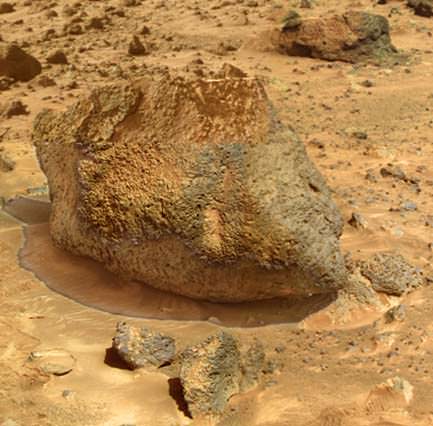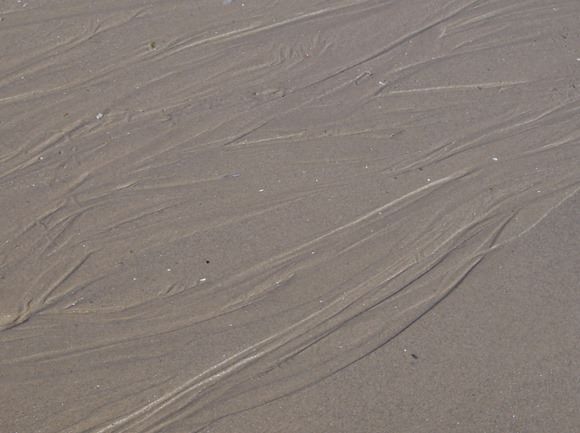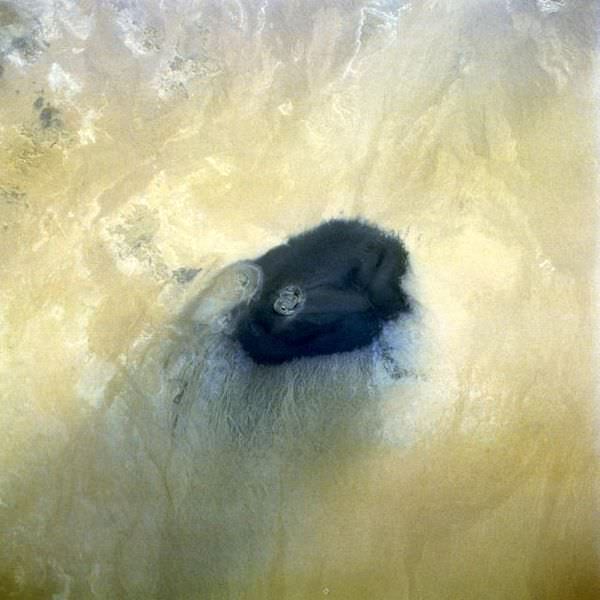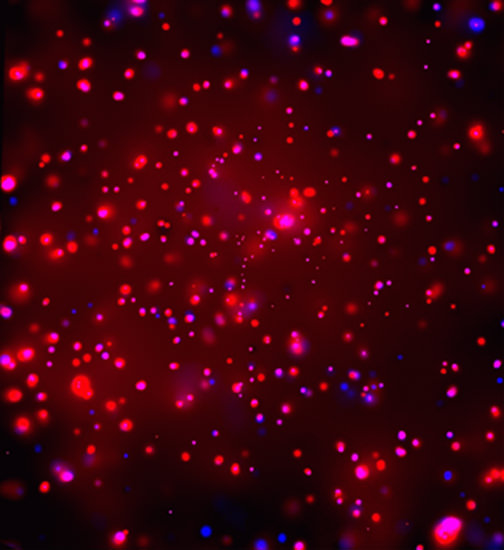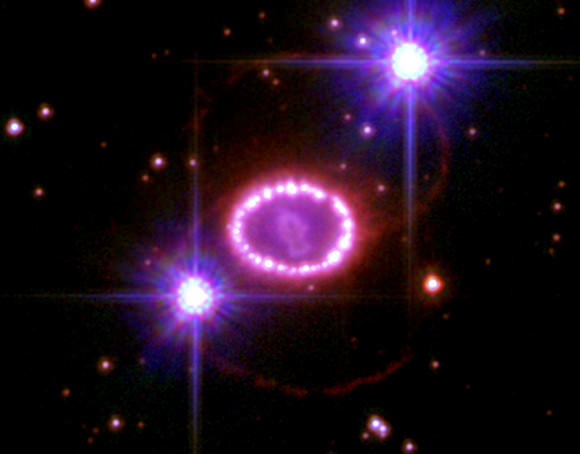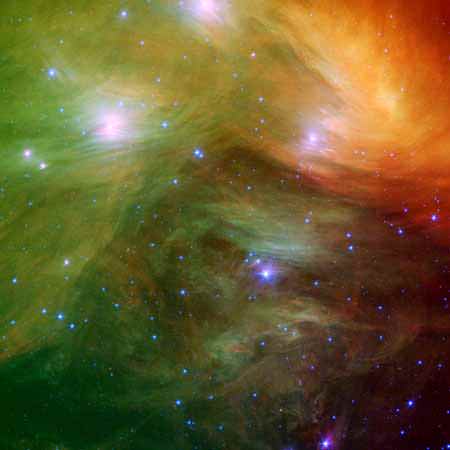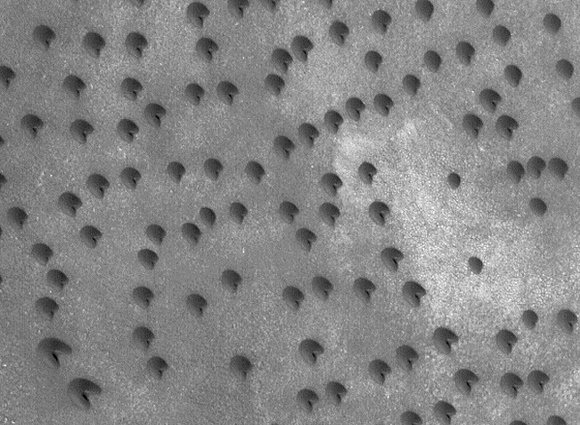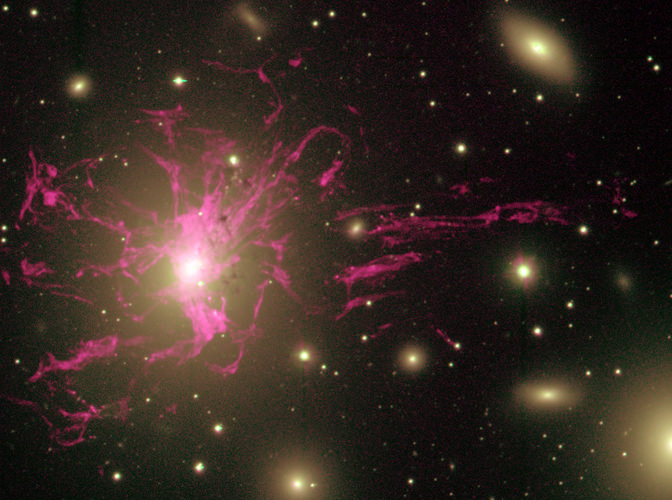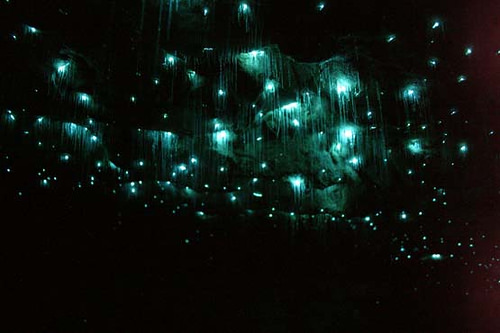Its time once again for another Where In The Universe Challenge. The goal of this challenge is to test your skills and knowledge of the cosmos. Guess where in the Universe this image is from, and give yourself extra points if you can guess which spacecraft is responsible for the image. Post your guess in the comment section (no links to hints please!) and check back tomorrow for the answer. Good luck!
UPDATE: The answer has now been posted below.
As many of you said, this is an image from the Mars Pathfinder rover, Sojouner. The rock was named “Yogi” and is a meter-size rock located about 5 meters northwest of the Mars Pathfinder lander and was the second rock visited by the Sojourner Rover’s alpha proton X-ray spectrometer (APXS) instrument. To get one picture of the entire rock, it took several pictures stitched together in a mosaic, combining four “Super Pan” frames taken with the Sojouner’s camera. This composite color mosaic consists of 7 frames from the right eye, taken with different color filters that were enlarged by 500% and then co-added using Adobe Photoshop to produce, in effect, a super-resolution panchromatic frame that is sharper than an individual frame would be.
Doing this, scientists were able to address questions about the texture of this rock and what it might tell us about its mode of origin.
This is the approximate the true color of Mars. The shadow around Yogi looks a little funny, because shadows were processed separately from the rest of the rock and combined with the rest of the scene to bring out details in the shadow of Yogi that would be too dark to view at the same time as the sunlit surfaces. This resulted in the unusual color fringing at the edges of the shadow.
So, there you have it, a little blast from the past from Pathfinder. I hope you enjoyed this image, and check back next week for another WITU challenge.

